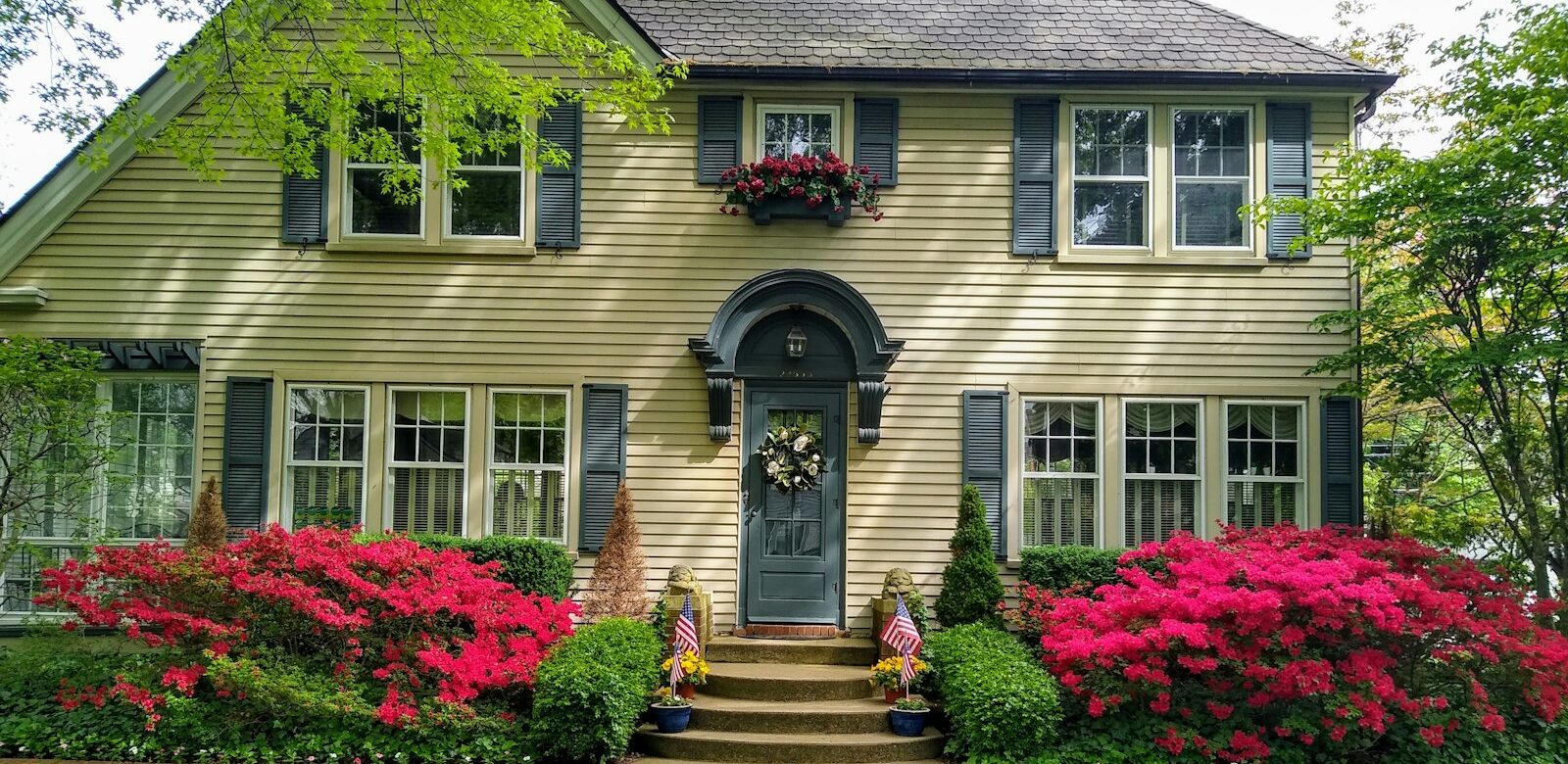
A conventional refinance provides two primary benefits: adjusting the rate and term of your mortgage, or accessing cash from the equity you’ve built. If your goal is to lower your monthly payments or secure a lump sum for a significant expense, refinancing may be the right option for you.

Refinancing replaces your current mortgage with a new one with new terms. The goal is typically to lower your monthly mortgage payment.
Conventional loans allow for flexibility to choose new terms that work for you. You may qualify for a lower interest rate or change your loan terms to allow you to pay off your mortgage faster.
Should you choose a conventional cash-out refinance, you’ll receive cash in hand based on your property’s value and how much equity you’ve built.
While lenders set specific approval criteria, there are common requirements to qualify for a conventional refinance. Typically, you should have a credit score of 620 or higher, which can help secure better interest rates. Additionally, a debt-to-income ratio of 50% or lower is often necessary. Lenders will also verify your income and employment. While not always required, having at least 20% equity in your home can eliminate the need for private mortgage insurance, allowing you to borrow the maximum amount.
In most cases, if your name is on the title and you’ve paid on your current mortgage for at least six months, you’ll be able to refinance with a conventional loan. This is commonly required for those with current conventional or VA loans. Those who purchased their house with an FHA loan may need to wait up to a year to do a conventional cash-out refinance.
A conventional refinance goes through many of the same steps required to close a conventional purchase loan. Similar to when you purchased your house, you will need another home appraisal for a conventional refinance.
Once the value is determined, details of your new loan can be finalized to determine how much your monthly payments will be reduced with a rate and term refinance or how much cash you can borrow with a cash-out refinance.
When you close your conventional refinance, you’ll need to account for several costs, both upfront and those included in your ongoing monthly payment. These will be clearly outlined as your loan is processed and before you close. Closing costs cover expenses such as loan origination fees and an appraisal. These typically range from 2-4% of your total loan amount.